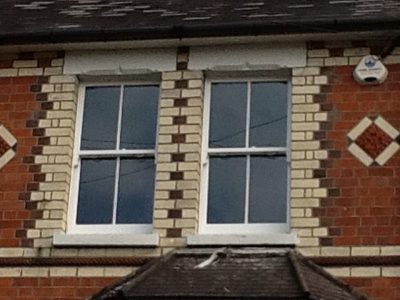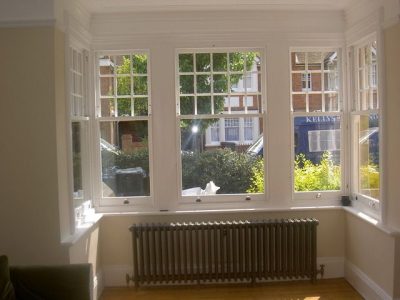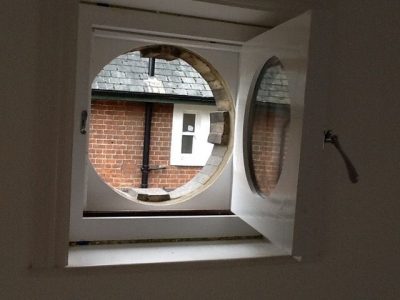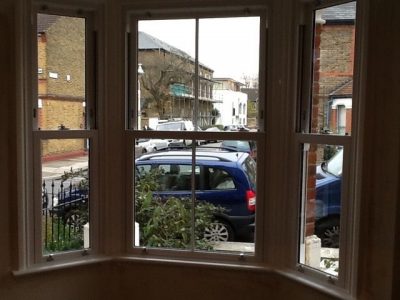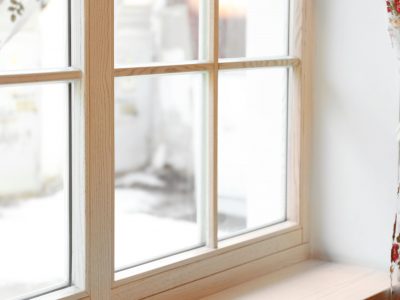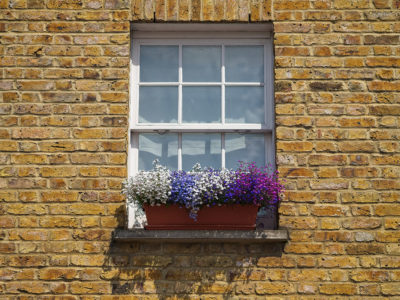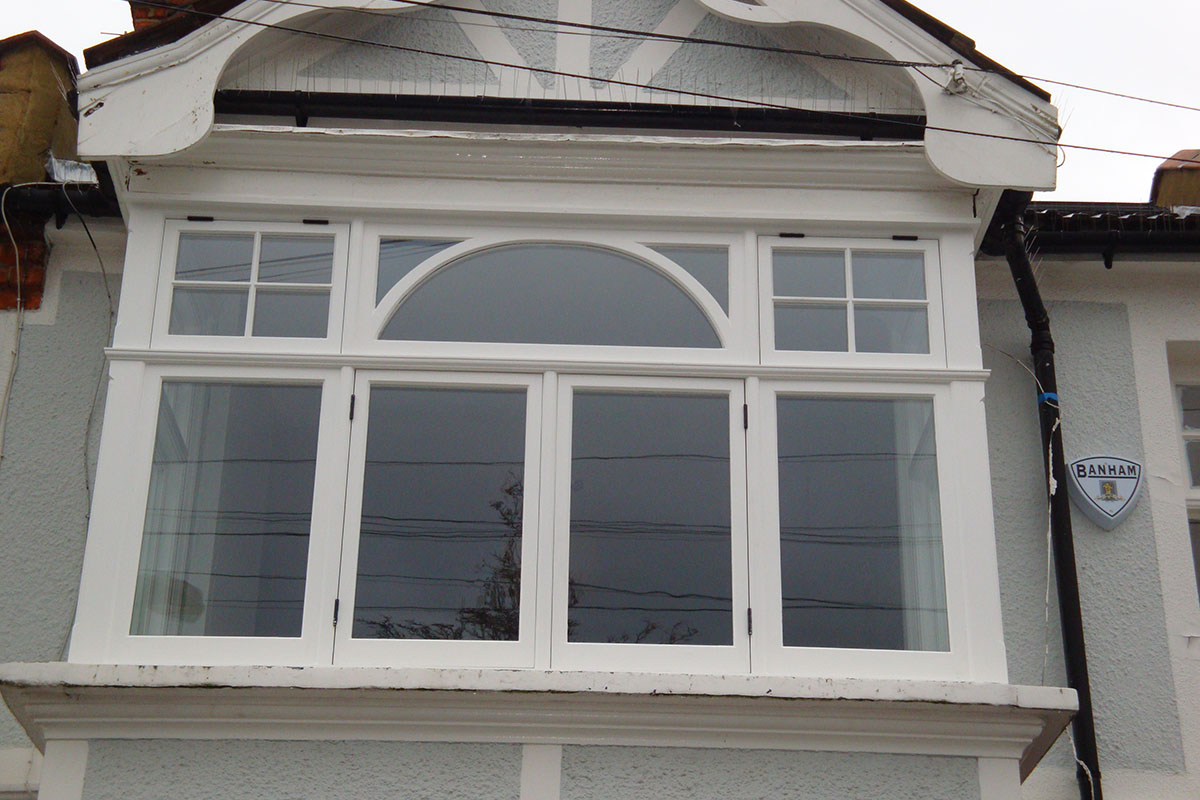
Making Sash Windows Energy Efficient
So how do you make your sash windows into energy efficient windows?
Sash windows are important classic features of period properties. However, there’s no denying that these age-old windows are prone to draught problems and can saddle you with high monthly utility bills.
Fortunately, for those who are concerned about sustainability and energy conservation there are alternative ways available to upgrade your sash windows into energy efficient windows without unnecessarily altering the unique character of your period windows.
Draught Proofing Your Sash Windows
Over time original wooden frames can succumb to damages from flaking or wood decay. They can also begin to warp and deflect causing gaps and resulting in draughts. These draughts allow warm air to escape and let cold air in so it becomes much harder to warm your home during the winter.
Draught proofing is one of the best ways to turn your sash windows into energy efficient windows. The process involves sealing the gaps with options including fitting draught-sealing strips and compression seals to the windows. Draught proofing solutions are efficient and more cost-effective ways to significantly reduce draughts and heat loss.
Installing A Secondary Glazing
Adding a secondary glazing to your period sash windows works by cutting up to 60% of heat loss. This method involves adding a second sheet of plastic or glass to the window to seal the gaps.
By adding a secondary glazing you can preserve the looks of your windows and cut down draughts to enhance the level of insulation inside your home.
Fitting Double Glazing Into Your Sash Windows
If you are keen about preserving the historic aesthetic looks of your period windows’ sashes, fitting double glazing into your sash windows can be an option for you.
With double glazed sash windows, draught problems can be reduced, although this can be a highly skilled job that may require professional help. Windows may need to be removed for the double glazing and since most traditional windows have small panes the windows are often re-made to accommodate the additional thickness and weight of the double glazing units.
The Traditional DIY Insulation Solutions
Back in the day, sash windows typically come with internal shutters. These wooden shutters are attached on the inside of the windows which can be shut closed for the purpose of rendering extra insulation.
Aside from shutters, people also traditionally used roller blinds and heavy curtains as window coverings to try to minimize the heat from getting inside.
Keeping an Age-Old Legacy with a Modern Twist
While replacing sash windows with modern and more efficient windows can be an option, this can not only be downright expensive but most importantly it can ruin the architectural integrity of your period property.
Historic windows were typically made from remarkably durable woods such as timber which can be rare these days. This and the fact that these sash windows contribute to the overall uniqueness of an age-old building means they are worth to be preserved. With this in mind, fitting double glazed sash windows, draught proofing, and a secondary glazing are alternative options so you can make the most out of your historic windows.


